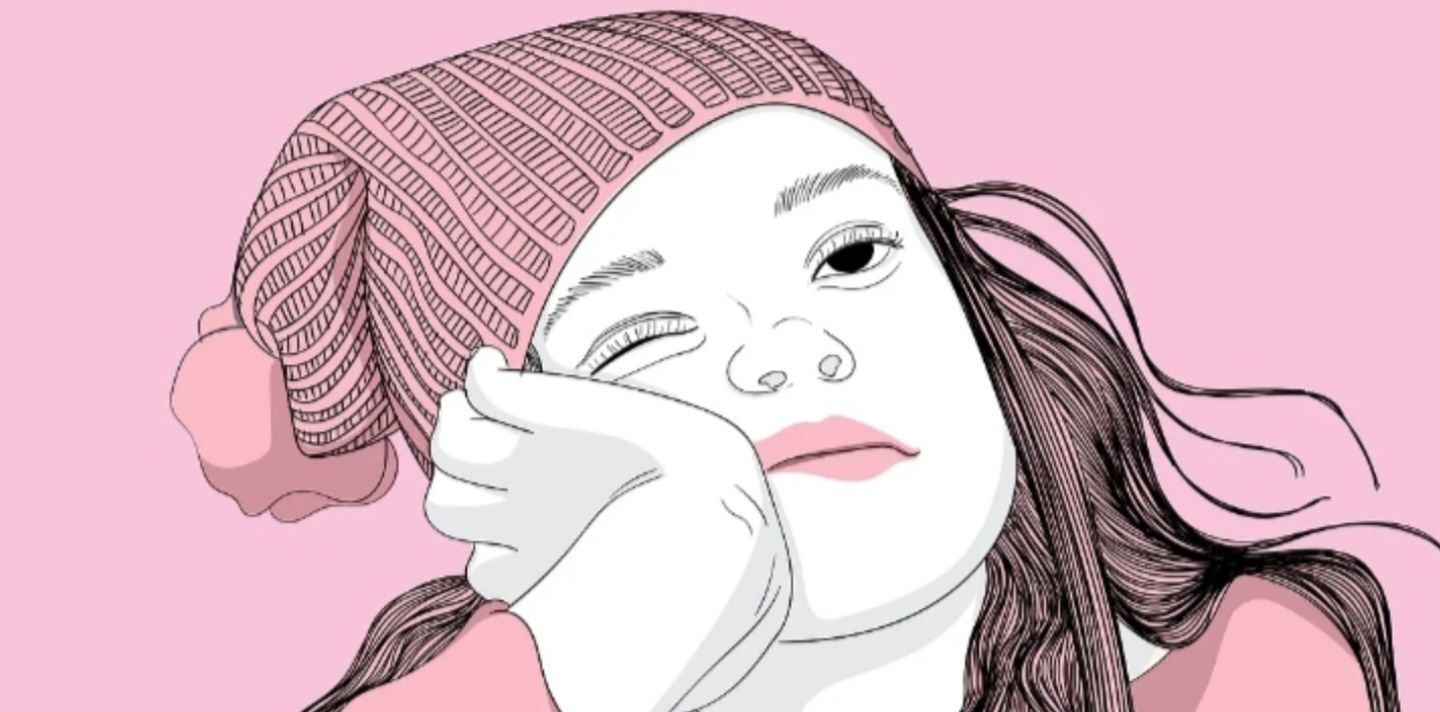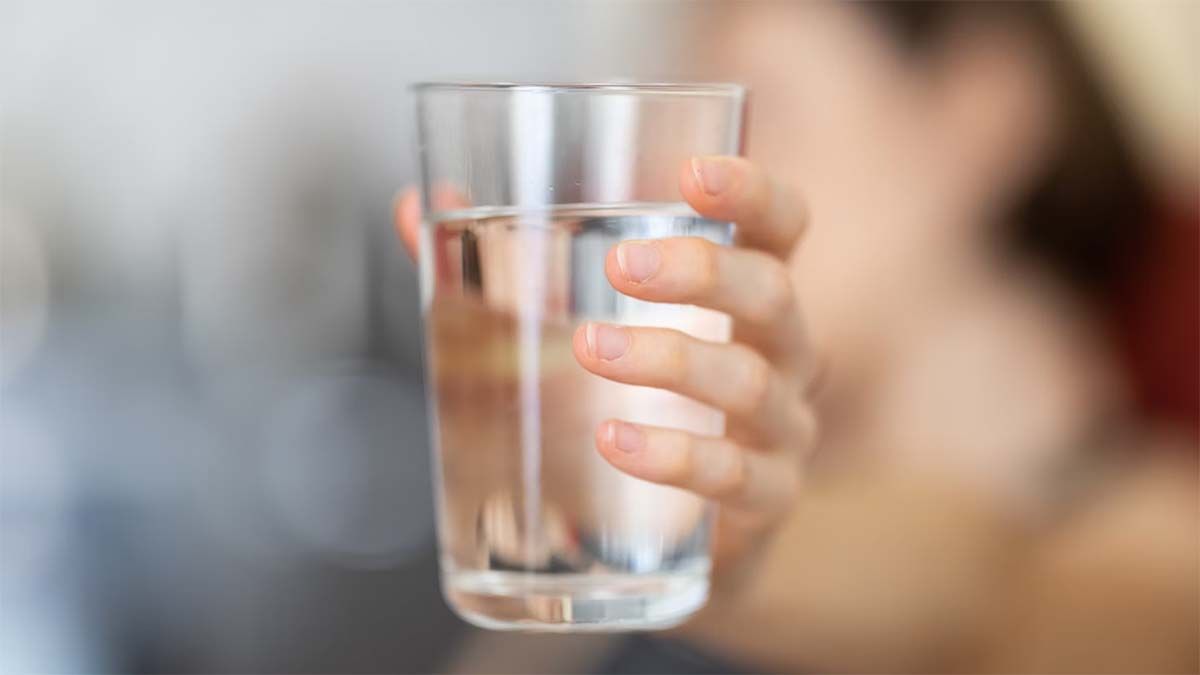Judul : Don't Take It Lightly, Symptoms and Causes of Headaches in Children, Do This for First Aid
link : Don't Take It Lightly, Symptoms and Causes of Headaches in Children, Do This for First Aid
Don't Take It Lightly, Symptoms and Causes of Headaches in Children, Do This for First Aid
WEST KALIMANTAN LATEST - Headaches in children can be a sign of physical or emotional conditions that need attention.
Parents need to be vigilant and understand the causes in order to provide appropriate treatment.
The causes of headaches in children can vary greatly. The most common ones are fatigue, lack of sleep, and dehydration, especially if the child is overly active or doesn't drink enough water.
Stress and emotional pressure, such as school assignments, conflicts with friends, or changes in the atmosphere at home, can also trigger tension headaches.
In addition, infections such as the flu, sore throat, or sinusitis often cause headaches accompanied by fever.
Undetected vision problems such as nearsightedness can also cause children to frequently complain of headaches, especially after reading or staring at a screen for too long.
Irregular eating patterns, consumption of certain foods (such as excessive sweets or processed foods), and hormonal changes in pre-teen children can also be triggering factors.
In some rare cases, headaches can be a sign of a serious medical condition, so a doctor's examination is highly recommended if the headache is persistent or extremely severe.
By recognizing common causes of headaches in children, parents can be more proactive in providing treatment and preventing them early on.
Ensure that the child has a healthy lifestyle, gets enough sleep, eats regularly, and receives good emotional attention.
Understanding Headache Symptoms in Children

The most common symptom that can be observed is the child frequently touching their head, especially the forehead or the back of the head.
Children may also become more irritable, sensitive to light or sound, and sometimes refuse to eat or play.
Some children may choose to lie down in a dark place or show signs of discomfort without saying that they have a headache.
Other symptoms include:
- Pale or tired face
- Nausea or vomiting, especially if accompanied by dizziness
- Difficulty concentrating
- Eyes appear tired or frequently rub eyes
- Blurred vision complaint
- Difficulty sleeping or waking up feeling tired
If headache is accompanied by high fever, stiff neck, seizures, or decreased consciousness, it could be a sign of a serious medical condition requiring immediate doctor's attention.
Recognizing early symptoms of headaches helps parents not to ignore their child's complaints.
With proper attention and monitoring, headaches in children can be prevented or managed before they interfere with activities and growth.
First Aid

The following are some first aid steps that can be taken at home when a child has a headache:
1. Rest in a Quiet Place
Immediately have the child rest in a cool, quiet, and dimly lit room. Bright lights and loud noises can worsen headaches, especially if the child is sensitive to light.
2. Provide Clean Water to Drink
Make sure your child drinks enough water. Dehydration is one of the main causes of headaches in children. Avoid sweetened or caffeinated beverages.
3. Check Whether the Child Has Eaten
Headaches can occur due to an empty stomach. Provide light snacks such as bread, biscuits, or fruit if the child has not eaten.
4. Warm or Cold Compress
Use a warm compress on the neck or shoulders if the child is tense, or a cold compress on the forehead if the headache is throbbing.
5. Help the Child Sleep
Sleep is the natural way for the body to recover. Children who get enough sleep usually feel better after waking up.
6. Children's Headache Medicine (If Necessary)
If the headache does not subside and the child appears very uncomfortable, you can give paracetamol or ibuprofen at a dose appropriate for their age and weight, after consulting with a doctor.
7. Love and Record Symptoms
Note how long the headache lasts, its intensity, and whether it is accompanied by other symptoms such as vomiting, fever, or blurred vision. This information will be useful if you need to take the child to the doctor.
***
Demikianlah Artikel Don't Take It Lightly, Symptoms and Causes of Headaches in Children, Do This for First Aid
Anda sekarang membaca artikel Don't Take It Lightly, Symptoms and Causes of Headaches in Children, Do This for First Aid dengan alamat link https://www.punyakamu.com/2025/07/dont-take-it-lightly-symptoms-and.html
0 Response to "Don't Take It Lightly, Symptoms and Causes of Headaches in Children, Do This for First Aid"
Post a Comment